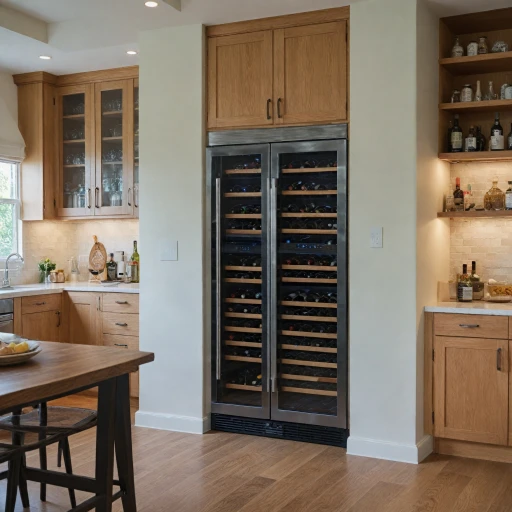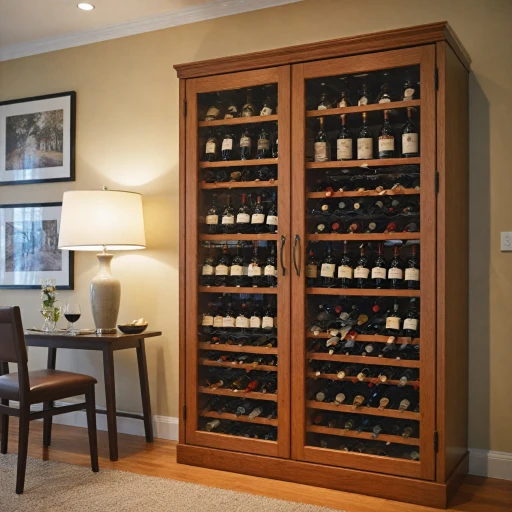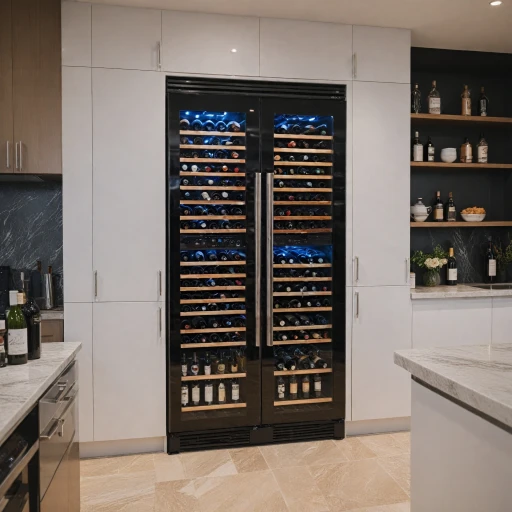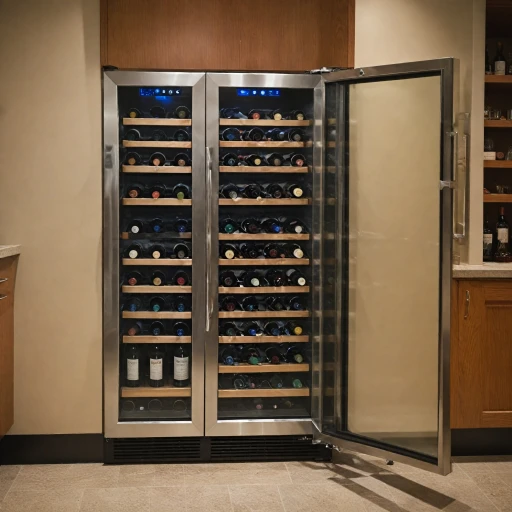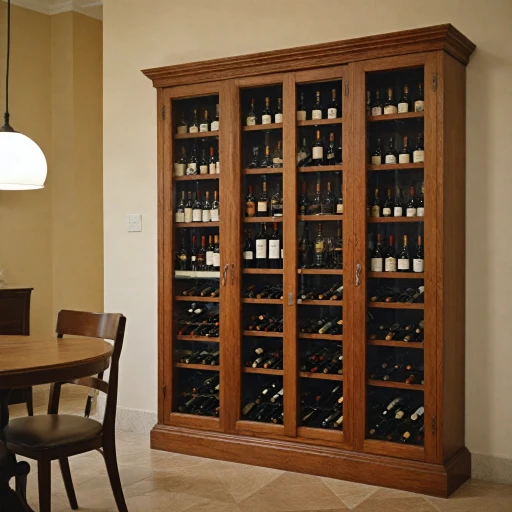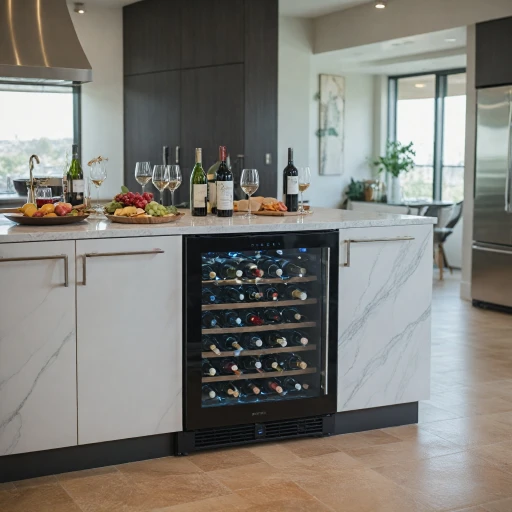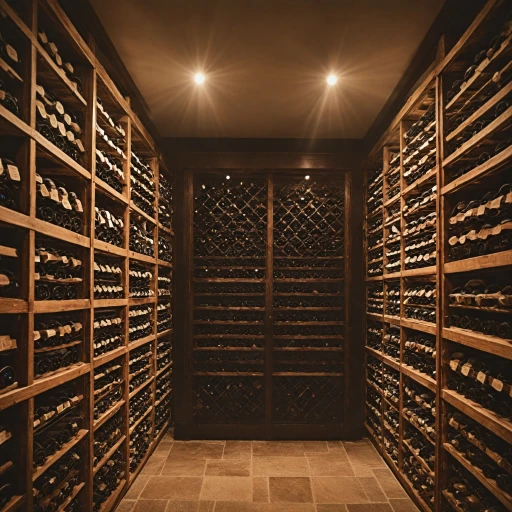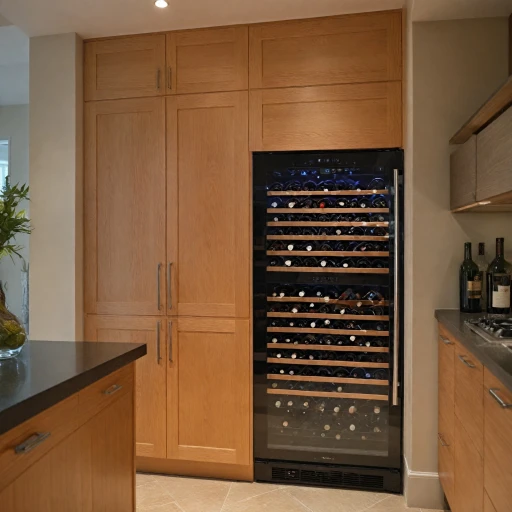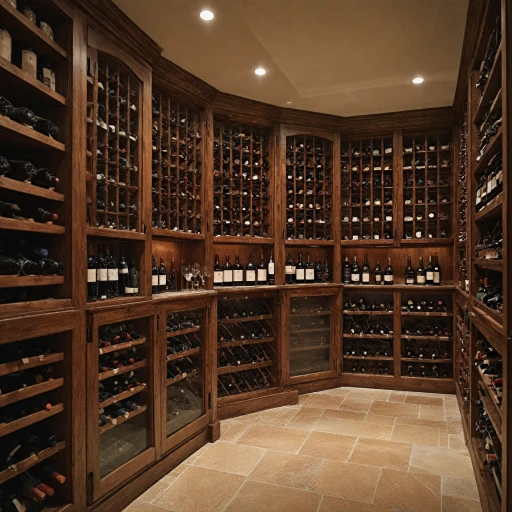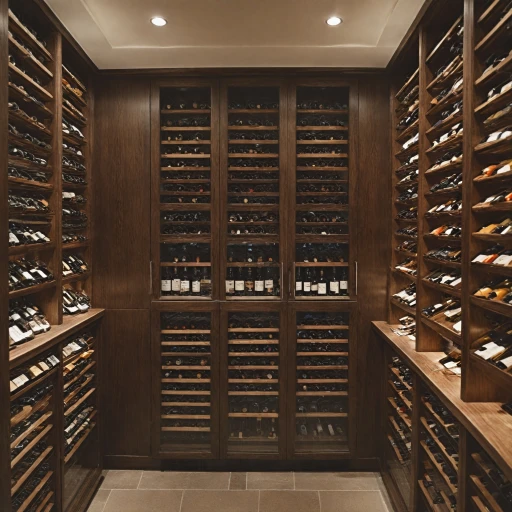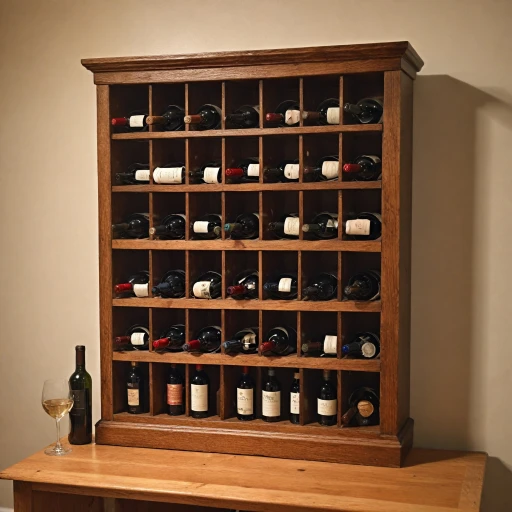
Understanding Wine Kegs
Delving Into Wine Kegs
Utilizing wine kegs is a contemporary approach in the beverage industry, merging the methods traditionally used for beer with wine. These kegs store wine in a manner that maintains freshness similar to bottled wines, and they come in various sizes to suit different needs, such as the popular stainless steel Cornelius keg, known for its durability. Unlike the regular pressure exerted on bottles, kegs allow for a controlled environment, maintaining wines like chardonnay and pinot noir at the optimal taste by minimizing oxidization. This process often involves the use of gas to serve wine through a tap, providing a sleek, hassle-free pour. Kegged wine offers a consistency that even some tasting rooms embrace for its efficiency. As opposed to traditional wine storage, the keg system is not just about conserving space but also maintaining the integrity of the wine from vineyard to tap glass. With free flow systems, you can manage serving sizes from a tap keg without compromising quality. Whether enjoying a vibrant sauvignon blanc or a crisp sparkling wine, wine kegs offer an experience that ensures wines are enjoyed at their best. For those interested in further exploring how wine kegs compare with other wine preservation methods, understanding more about wine refrigeration might provide interesting insights. Explore deeper here: Exploring the Marvels of Wine Refrigeration.Benefits of Using Wine Kegs
Advantages of Opting for Wine Kegs
Wine kegs are transforming the way enthusiasts and wine bars enjoy their favorite vintages. They might initially seem akin to beer kegs, but these stainless steel containers offer unique advantages designed specifically for wine lovers. First, you'll find that maintaining wine quality is pivotal when discussing wine storage. Unlike traditional bottles, wine kegs keep oxygen at bay, preserving the freshness and aroma of both white and red wines like chardonnay and pinot noir. The keg's tight seal ensures a steady pressure, essential for preventing the oxidation of wines over time. In the case of sparkling wine or sauvignon blanc, the constant pressure helps maintain their characteristic fizz and crispness longer. Additionally, wine kegs are environment-friendly. By eliminating the need for numerous glass bottles, wine kegs reduce waste, as one keg can replace at least 25 or more bottles worth of wine. This reduction in glass not only lowers waste but also diminishes transportation costs and its environmental impact. Here's another compelling reason to switch: regular price savings. Normally, buying wine in bulk via kegs is more cost-effective than individual bottles. Many wine enthusiasts have realized they get to enjoy the same tasting room quality at a fraction of the price. Moreover, wine kegs offer an ample selection of wines like pinot grigio or cabernet sauvignon, making it easy to explore globally acclaimed wines without breaking the bank. Finally, there's the convenience factor. Wine kegs operate like your usual tap keg systems, meaning you're only a pull away from a perfect pour. Whether it's a ball lock or Cornelius keg setup, wine kegs fit seamlessly with standard wine tap systems, providing a free-flow experience ideal for large gatherings or intimate dinners. For more insights into their utility, consider diving into exploring the world of wine kits to better appreciate the evolution of how we experience wine today.Wine Kegs vs. Traditional Bottles
Comparing Bottled Wine with the Kegged Experience
In the world of wine, the choice between wine kegs and traditional bottles can impact not only how the wine is served and stored but also the overall experience of enjoying it. Let's delve into the nuances of each to understand their distinct advantages.
Wine kegs, often constructed from stainless steel, offer a contemporary method of storing and dispensing wine. This method has gained popularity, particularly in tasting rooms and venues that prioritize sustainability. By using kegs, businesses can significantly reduce the environmental impact typically associated with bottles wine, particularly when considering the carbon footprint involved in glass production and transportation.
On the other hand, bottles have long been traditional in wine culture, offering a familiar and classic way to consume wine. They come in various sizes and materials, with the capacity to hold wines like sauvignon blanc, chardonnay, and pinot noir. Despite their historical significance, bottles can incur higher costs due to packaging and transportation. This is where wine kegs present a cost-effective alternative in the long run.
Additionally, wine from kegs can often be served on tap, allowing for controlled pours and minimizing waste, especially when serving wines by the glass. The keg system, functioning similarly to a beer keg, uses gas pressure to maintain the wine's quality and ensure a fresh pour each time. For instance, with varieties like sparkling wine or cabernet sauvignon, the controlled environment keeps the wine's character intact over time.
Choosing a wine keg system could involve a higher initial investment, often at a higher regular price than bottles, yet the long-term benefits, such as reduced deposit fees and maintenance costs, make it a compelling choice for commercial settings. If the idea of integrating taps for wines like pinot grigio or sauvignon blanc intrigues you, consider the innovative option of understanding the perfect wine cabinet dimensions for your collection that pairs well with the keg setup and enhances the wine experience.
Choosing the Right Wine Keg System
Factors to Consider When Selecting a Wine Keg System
Choosing the right wine keg system can significantly enhance your wine experience, whether you're a casual enthusiast or a professional sommelier. Here are some key factors to consider:
- Material and Build: Opt for stainless steel kegs as they are durable and resistant to corrosion. Stainless steel also helps maintain the wine's temperature and flavor integrity.
- Size and Capacity: Wine kegs come in various sizes, from small Cornelius kegs to larger beer keg sizes. Consider your consumption needs and storage space before deciding.
- Type of Wine: Different wines may require specific keg systems. For instance, sparkling wines need systems that can handle higher pressure. Consider the types of wines you plan to keg, such as chardonnay, sauvignon blanc, or pinot noir.
- Tap System: The wine tap mechanism is crucial for maintaining the wine's quality. A ball lock system is often recommended for its reliability and ease of use.
- Gas and Pressure: Ensure the system can maintain the appropriate gas pressure for your wine. This is especially important for sparkling wines and those served on tap.
- Price and Budget: While the regular price of a wine keg system can vary, investing in a quality system can save money in the long run by reducing waste and preserving wine quality.
By considering these factors, you can select a wine keg system that fits your needs and enhances your wine enjoyment. Whether you're filling a tasting room or enjoying a glass of pinot grigio at home, the right system can make all the difference.
Maintenance and Care for Wine Kegs
Proper Handling and Upkeep of Your Wine Keg Setup
When it comes to maintaining your wine keg system, there are several key practices to keep in mind. Proper care ensures not only the longevity of the equipment but also the quality of the wines being dispensed.
- Cleaning and Sanitizing: Regular cleaning is a must. Keg lines and taps should be flushed with warm water after each use. To avoid any residue that might affect the taste, beer kegs and wine taps need to be sanitized with cleaning solutions that are safe for stainless steel.
- Pressure Management: Keeping the keg at the right pressure is crucial. It’s important to monitor the gas pressure regularly using a reliable gauge. Inadequate pressure can lead to flat wines, while too much pressure might cause excessive foaming, particularly with a sparkling wine setup.
- Keg Storage: Place your kegs in a cool environment. Temperature fluctuations can affect both white wines and reds, such as chardonnay or pinot noir. Stainless steel kegs are especially resilient and a preferred choice for maintaining consistent temperatures.
- Seal and Connection Checks: Regularly inspect all ball lock connections and seals. Even a small leak in a cornelius keg system can compromise the quality of the wine.
- Refilling Procedures: When refilling your kegs, ensure they're filled properly to maintain the intended flavor profile. Whether dealing with a sauvignon blanc or a cabernet sauvignon, consistency in the cls fill process is key.
- Cost Considerations: Over time, the investment in a wine keg system can balance the regular price associated with purchasing individual bottles. Nonetheless, monitoring usage and considering deposits paid on stainless steel kegs can help navigate expenses effectively.
By adopting these practices, users can add significant value to their tasting room experience, providing a free flow of quality kegged wine.
Future Trends in Wine Kegging
Emerging Innovations in Wine Kegging
The world of wine kegging is evolving rapidly, driven by technological advancements and changing consumer preferences. As more wine enthusiasts and industry professionals recognize the benefits of kegged wine, several trends are shaping the future of this innovative approach.
- Advanced Keg Materials: Stainless steel remains a popular choice for wine kegs due to its durability and ability to maintain the wine's integrity. However, innovations in materials are leading to lighter and more cost-effective options, potentially reducing the regular price of keg systems.
- Improved Gas Systems: The use of inert gases like nitrogen and argon in wine kegs is becoming more sophisticated. These gases help maintain the wine's quality by preventing oxidation, ensuring that wines like chardonnay and sauvignon blanc retain their flavor profiles.
- Versatile Tap Systems: Wine taps are being designed to accommodate various keg sizes and types, from Cornelius kegs to larger beer keg styles. This flexibility allows for a broader range of wines, including sparkling wine and pinot noir, to be served efficiently.
- Smart Keg Technology: The integration of smart technology in wine kegs is on the rise. Features such as digital pressure monitoring and temperature control are becoming standard, enhancing the tasting room experience and ensuring optimal conditions for each pour.
- Sustainability Focus: As sustainability becomes a priority, the wine industry is exploring ways to reduce waste. Wine kegs offer a more sustainable alternative to traditional bottles, minimizing packaging waste and promoting a free flow of wine without the need for corks or caps.
These trends indicate a promising future for wine kegging, offering both economic and environmental benefits. As the industry continues to innovate, wine enthusiasts can look forward to an enhanced experience, whether enjoying a glass of cabernet sauvignon or a crisp pinot grigio from the tap.


